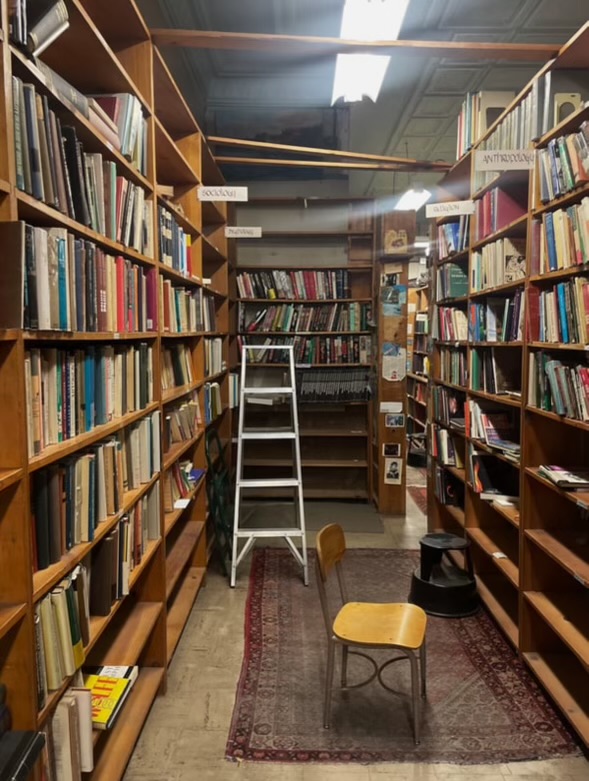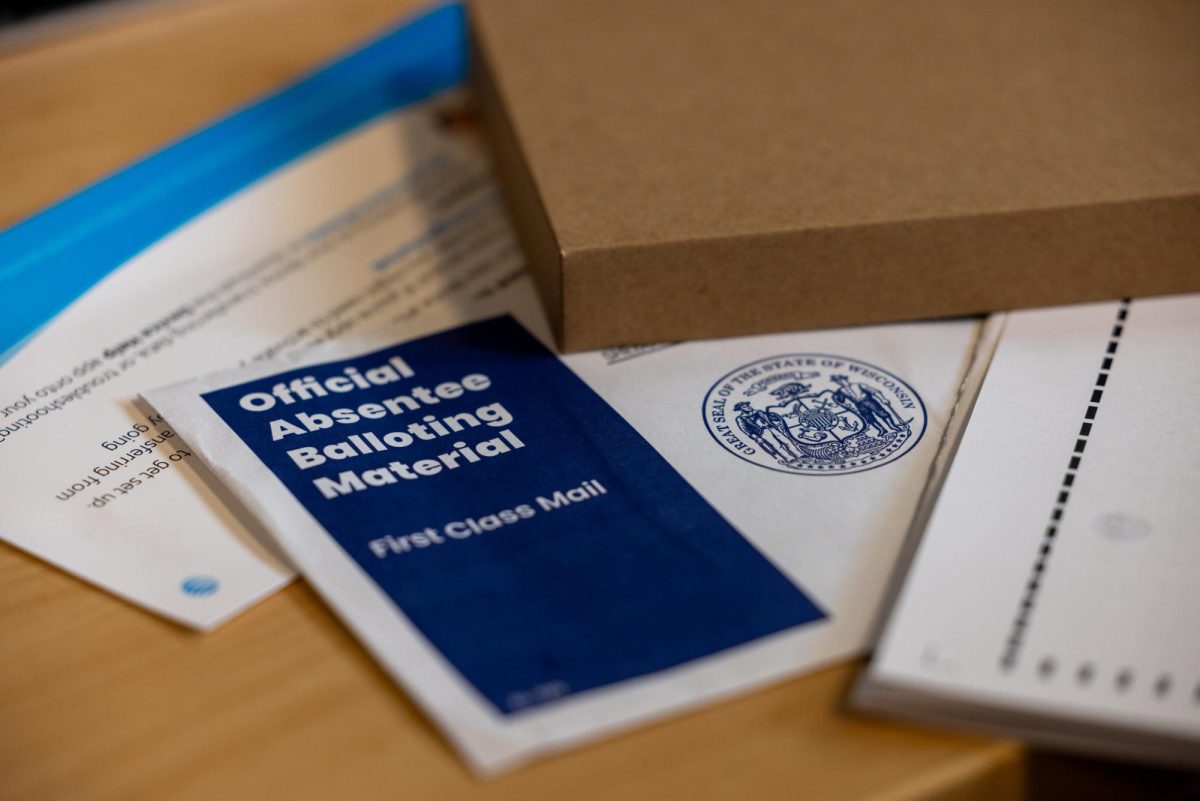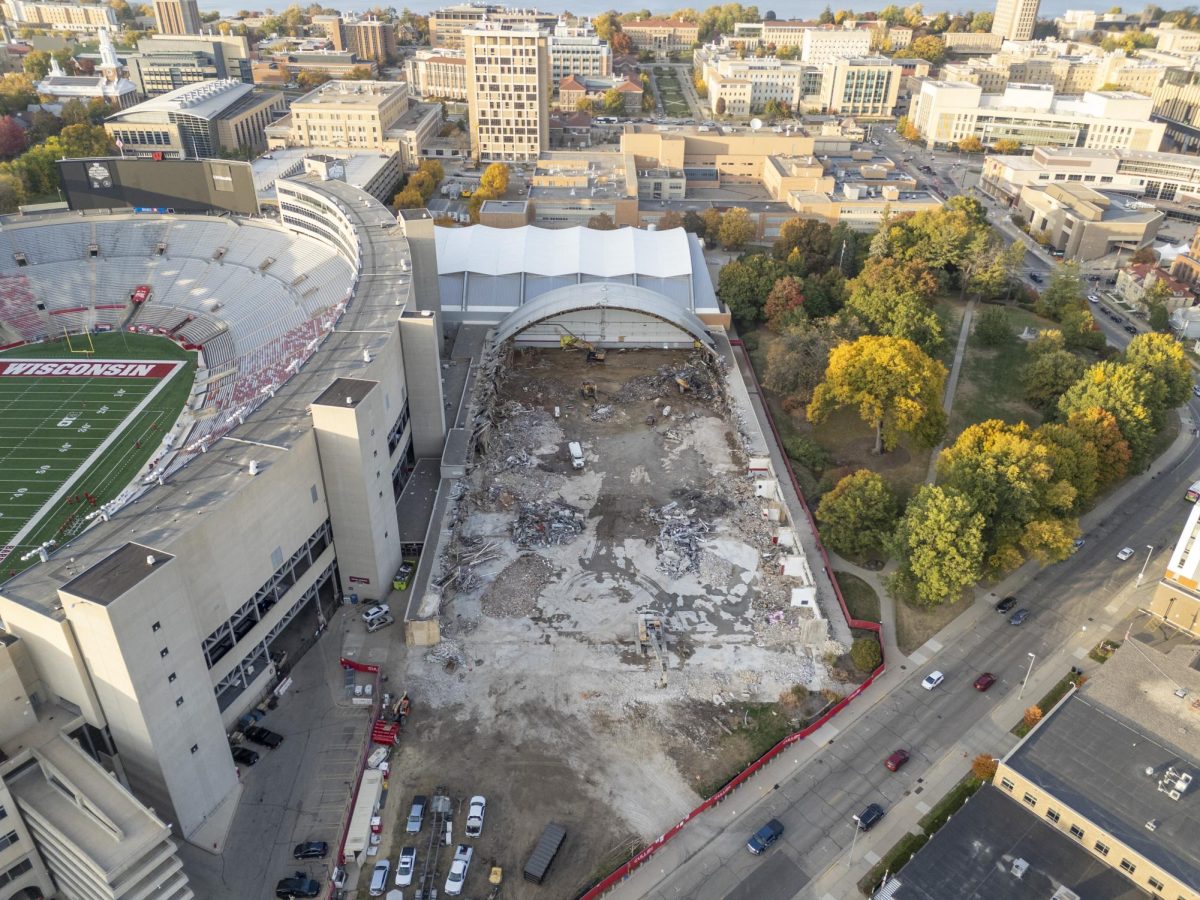
Both Madison and University of Wisconsin officials said they hope to turn downtown Madison into a bigger and better area Thursday at the first annual State of Downtown meeting.
Speakers included Madison Mayor Dave Cieslewicz, Alan Fish of the University of Wisconsin’s Facilities, Planning & Management Division, George Austin from the Overture Foundation and Richard Bradley, the executive director of Washington D.C.’s Downtown Business Improvement Corporation.
All four men mentioned ways to improve the city of Madison, specifically by expanding through specific goals.
Cieslewicz said he had just returned from Sweden, where he attended a Green Capitol Cities Conference.
He said he noticed Stockholm’s public market and said a similar one would benefit Madison.
“It’s a great opportunity to wed the urban area with the surrounding agricultural region,” Cieslewicz said. “[The market] will focus on locally grown and locally produced food.”
Cieslewicz also said he recognizes the importance of making Madison bigger, with both a larger population and larger buildings.
“Becoming bigger is good because it will make us a more diverse, more exciting place,” Cieslewicz said.
He also said Madison should attempt to become internationally known, like a smaller version of New York. He added his support for high speed rail, saying it would change Madison from being known nationally to being known internationally.
Alan Fish represented UW by speaking about the progress made in the past few years. He pointed out since 1990, UW has built $2 billion worth of new facilities on campus. He also stressed Cieslewicz’s point about making Madison internationally known.
“There was a great emphasis in turning Madison not only into a place that has a great undergraduate education, but a really strong research center, not only in the United States but across the world,” Fish said.
Fish also said the new Union South, which will open in April 2011, will act as a “game changing facility.”
He said the new Union, which will include 7 restaurants, a bowling alley, and a Great Hall twice as large as the one in Memorial Union will serve as an updated facility that will better our campus.
Bradley discussed how Washington D.C. turned itself around from a bankrupt area to an internationally ranked commercial real estate destination. He stressed the importance of attaching numbers to all goals.
“Everything is measured, and it’s measured relative to everything else,” said Bradley. “We want to know what we’re achieving or failing at.”
Bradley talked about D.C.’s attempts to count everything from sidewalk cafes to public garbage cans as a way to rate the changes they were trying to make in their city.
Overall, attendees of the meeting seemed to have a positive response.
“I enjoyed Rick Bradley’s point about using metrics to make goals,” said Carole Schaeffer, the executive director of Smart Growth Greater Madison. “I feel like that’s something we’ve been missing in our planning. Set numbers will help us with a destination.”
Schaeffer also said she had no idea UW had been making such drastic improvements.
“I didn’t realize the scale of it all,” Schaeffer said. “It’s really amazing.”













